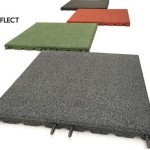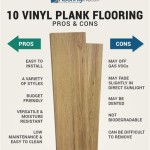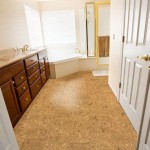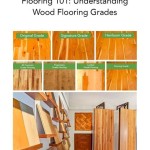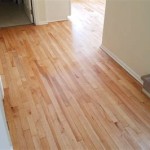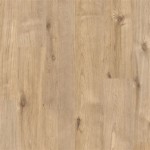The Cost of Fake Wood Flooring: A Comprehensive Guide
When it comes to flooring, real wood has long been the gold standard. However, with advances in technology, fake wood flooring, also known as laminate flooring, has emerged as a popular and affordable alternative. While fake wood flooring offers numerous advantages, it's essential to understand its costs before making a decision.
Material Costs
The material cost of fake wood flooring varies depending on the type, quality, and finish. Laminate flooring typically consists of a high-density fiberboard core, a decorative layer with wood-like patterns, and a wear-resistant top layer. The more durable and realistic the flooring, the higher the material cost.
Installation Costs
The installation cost of fake wood flooring is another significant factor to consider. The complexity of the installation, the size of the area being covered, and the labor rates of your contractor will affect the overall cost. DIY installation can save on labor costs, but it's recommended to consult a professional for proper installation.
Maintenance Costs
Fake wood flooring is generally easy to maintain, but it does require some care. Regular cleaning with a damp mop or vacuuming is sufficient. Avoid using harsh chemicals or abrasive cleaners, as they can damage the surface. Compared to real wood, fake wood flooring requires minimal refinishing or sanding, which can save on long-term maintenance costs.
Lifespan and Replacement Costs
The lifespan of fake wood flooring depends on its quality, maintenance, and traffic levels. High-quality laminate flooring can last for 15-25 years or even longer. However, if the flooring is damaged or worn out, replacement costs can be significant. It's advisable to factor in the potential cost of replacement when considering the overall cost of fake wood flooring.
Additional Factors to Consider
In addition to the above costs, there are additional factors that can affect the overall cost of fake wood flooring:
- Underlayment: Underlayment is a layer of material installed beneath the flooring to provide insulation, moisture resistance, and sound absorption. The cost of underlayment can vary depending on the type and thickness.
- Moldings: Moldings, such as baseboards, quarter rounds, and T-moldings, are required to finish the edges of the flooring. The cost of moldings will depend on the material and style.
- Removal of Existing Flooring: If you're replacing existing flooring, the cost of removing and disposing of it should also be taken into account.
Comparing Fake Wood Flooring to Real Wood
When comparing fake wood flooring to real wood, it's important to weigh the advantages and disadvantages of each option. Fake wood flooring is typically more affordable, easier to maintain, and more resistant to moisture and wear. However, real wood offers a more authentic look, feel, and durability, and it can increase the value of your home.
Conclusion
Understanding the cost of fake wood flooring is crucial for making an informed decision. By considering the material costs, installation costs, maintenance costs, lifespan, and additional factors, you can accurately assess the financial implications of choosing fake wood flooring for your home. Remember that the cost may vary depending on your specific project requirements and the availability of materials and labor in your area.

Cost To Install Laminate Flooring A Complete Guide 2024 Forbes Home

How Much Does Hardwood Flooring Cost 2024 Guide

2024 Laminate Flooring Installation Cost Guide Angi

Average Hardwood Flooring S In 2024 Forbes Home

How Much Does Hardwood Flooring Cost 2024 Guide

How Much Is Laminate Flooring America

Cost To Install Vinyl Plank Flooring A Complete Guide 2024 Forbes Home

How Much Does Flooring Installation Cost 2024 Guide

How To Choose The Right Wooden Flooring Cost Maintenance Lifespan

The Cost Of Oak Hardwood Floors A Comprehensive Guide
See Also
